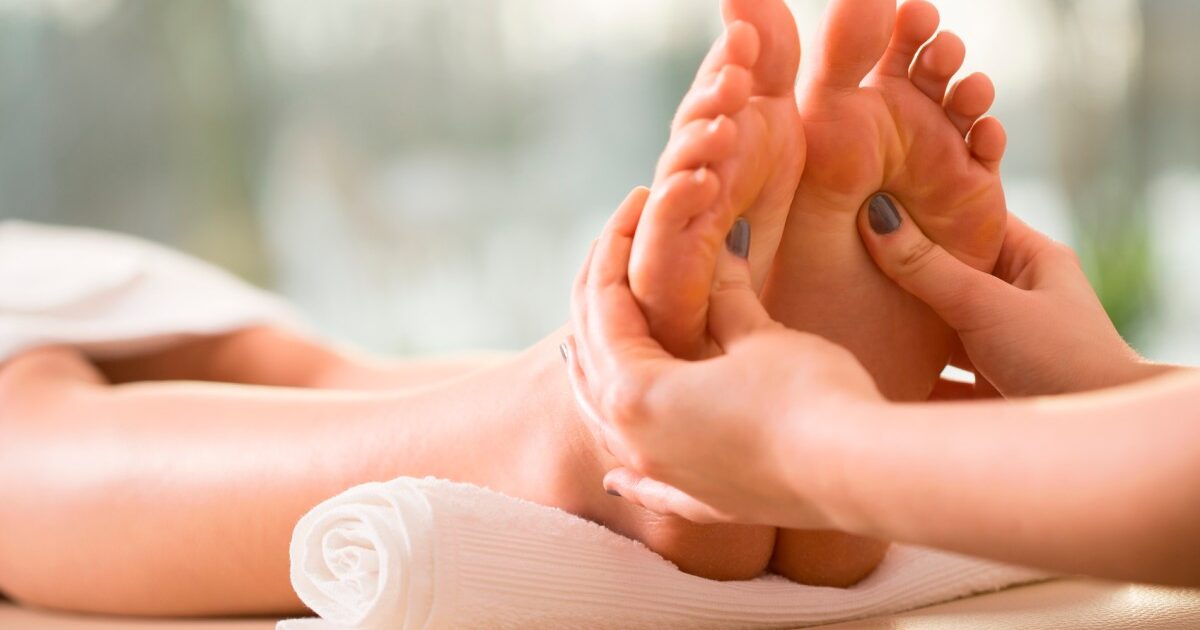Reflexology falls within the acupuncture and massage category. This practice involves the application of pressure to specific points on the feet, hands, and ears that correspond to various body systems or organs. The application of pressure at these pressure points yields specific health advantages. Reflexology is acknowledged as a supplementary treatment, signifying that it is intended to be used in conjunction with orthodox medical treatment instead of being an alternative to it. There is no empirical proof to validate that it can deter or heal any category of ailment, but some investigations indicate that it may assist in alleviating specific symptoms such as anxiety and pain. In this article you will know everything reflexology and what to expect from it.
How reflexology works?
The origins of reflexology can be traced back to ancient Chinese medicine or the concept of “Qi,” which refers to the body’s life force. As per the principles of Chinese medicine, Qi circulates throughout our bodies, and when an individual experiences stress or pressure, their Qi can become obstructed, resulting in an imbalance that may lead to injury or sickness.
Difference between reflexology and foot massage
Reflexology distinguishes itself from a foot massage due to the contrasting methods employed. While a foot massage concentrates on manipulating muscles to enhance circulation and promote relaxation, it does not specifically target pressure points but rather the entire foot and its tissues. Typically, a foot massage involves hands, although sticks or rollers may also be utilized for more effective muscle stimulation. Kneading techniques are applied by practitioners, starting from the bottom of the foot, moving up through the arch, and reaching the toes. The application of kneading techniques aids in releasing any pent-up tension in the body.
Massaging your feet not only revitalizes them but also induces a sense of calm throughout the body.
It is believed that a mere 10-minute foot massage before bedtime can significantly enhance sleep quality and ease strain in the feet and lower limbs by enhancing blood flow.
Given the numerous pressure points located in the feet, even a basic foot massage, without involving reflexology, can alleviate stress, lessen blood pressure and mitigate plantar fasciitis symptoms by manipulating the muscles.
What to expect from reflexology?
The first step in the Reflexology treatment involves a thorough discussion of your health history with your practitioner. Based on this information, your practitioner will select particular pressure points to alleviate pain, minimize stress, or assist you in achieving your desired outcome from the reflexology session. The duration of each session is usually either half an hour or one hour, and your practitioner may suggest multiple sessions for optimal results, although this will vary depending on the individual.
The practice of reflexology ought not to induce pain. In fact, individuals usually experience it as a soothing session. Any regions that are sensitive may require additional attention, and your therapist may allocate more time to these particular areas. If you ever feel uneasy during the session, do not hesitate to inform them. The application of pressure can alleviate any discomfort you may feel. It is frequently asked whether ticklishness poses a problem. Reflexologists utilize strong pressure on the feet, which generally precludes any tickling sensation.





